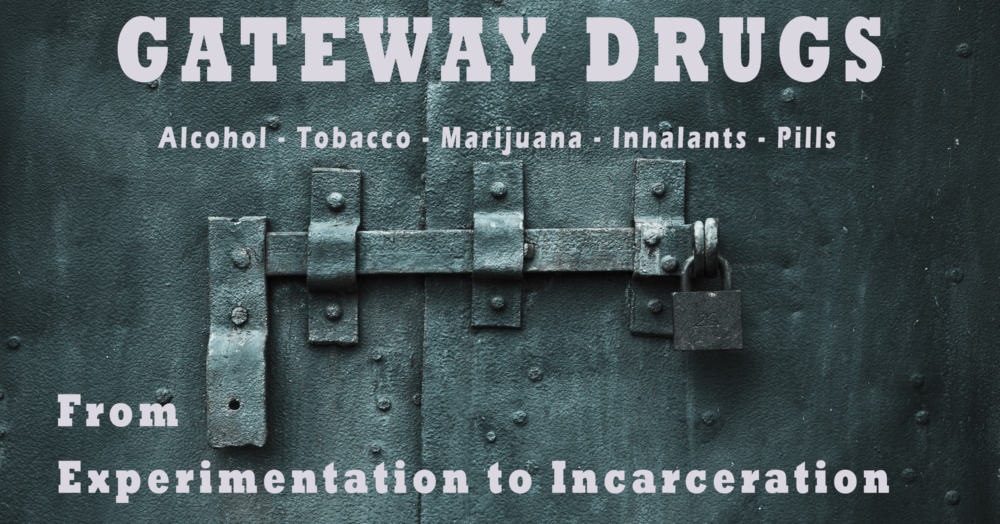Prenatal Drug Exposure
by Berniece Reeves Brown
The drug epidemic in this country has a devastating effect on families, and particularly on the children who have been the silent victims of prenatal exposure to drugs. The number of children born each year exposed to drugs including alcohol is estimated to be between 550,000 and 750,000. In addition to the biological risk that prenatal drug exposure poses to these children, they are at an increased risk of child abuse and neglect by parents whose need for drugs takes priority over the care of their infants and children. As a result there has been a sharp increase in the number of drug exposed children in out-of-home placements, including protective services, respite and crisis care programs.
Over one million women in the United States who use alcohol, nicotine, cocaine and other drugs increase the risk of giving birth to babies with developmental delays. Alcohol remains the most commonly abused substance in the United States and prenatal alcohol exposure is listed as the nations leading cause of mental defects. Approximately 11% of all newborns in the United States (375,000 infants) are exposed to drugs while in the uterus.
It is often hard to tell the differences between the effects of alcohol on the developing fetus from those of other exposures (tobacco, other drugs) and factors such as poor nutrition, lack of health care, and violence that affect women who use drugs excessively. The pattern of drug use along with the varying purity, dosage, and timing during pregnancy when drugs are taken, also makes it very difficult to determine the developmental impact of any specific drug.
Some health conditions of drug-exposed infants include but are not limited to low birth weight (babies weighing less than five and a half pounds at birth), prematurity, failure to thrive, Sudden Infant Death Syndrome, infectious diseases, and neurobehavioral symptoms. Drug-exposed newborns convey a multitude of behavioral characteristics that make their care challenging, and a few studies indicate that some prenatally substance-exposed infants display developmental problems as toddlers and preschoolers in areas as diverse as language, attachment to primary caregivers, ability to organize behavior, and mental and motor development.
There has not been enough research into the long-term effects of prenatal drug exposure on older children and teenagers; however, we do know that these children are at greater risk of abuse and neglect, learning disabilities, and behavioral problems.
It is always important that any problem be identified at an early age. Research proves the earlier any problem is identified the greater the chance of eliminating them. Early Childhood Intervention Services are available to offer guidelines for working with drug-exposed children (age birth to three years of age) and their families. For information about ECI or to make a referral on a child call 903-454-0300.
Berniece Reeves Brown, LBSW is Coordinator of Social Services at Community Health Service Agency
and has been a member of the Inter-Agency Network since its inception.
